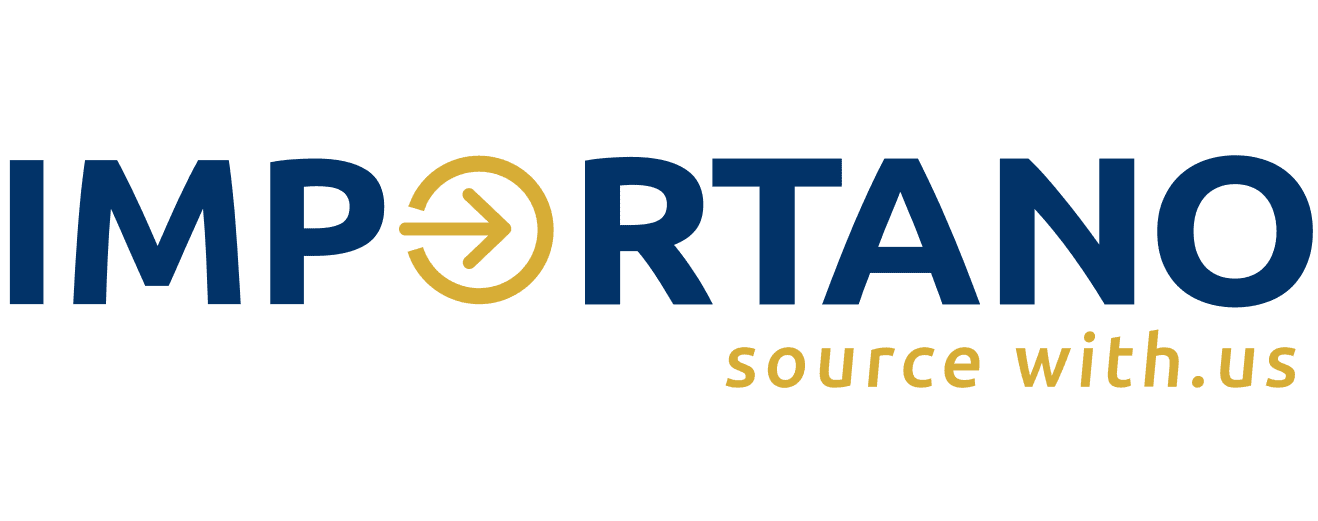
16 May VERTICAL INTEGRATION FOR IMPORTERS: ACQUIRING OVERSEAS SUPPLIERS OR MANUFACTURING HUBS
In an increasingly competitive global market, importers are constantly seeking ways to gain a competitive edge. One strategy that has gained traction is vertical integration—a business model where a company takes control of multiple stages of its supply chain. For importers, this often means acquiring overseas suppliers or establishing manufacturing hubs to streamline operations, reduce costs, and improve efficiency. This blog explores the concept of vertical integration, its benefits and challenges, and how importers can successfully implement this strategy.
Table of Contents
- What is Vertical Integration?
- Benefits of Vertical Integration for Importers
- Challenges of Vertical Integration
- Strategies for Acquiring Overseas Suppliers or Manufacturing Hubs
- Case Studies: Successful Vertical Integration in Global Trade
- Key Considerations Before Pursuing Vertical Integration
- Conclusion
What is Vertical Integration?
Vertical integration occurs when a company expands its operations to include control over upstream (suppliers) or downstream (distribution) activities in its supply chain. For importers, this typically involves:
- Backward Integration: Acquiring or partnering with overseas suppliers or manufacturers.
- Forward Integration: Taking control of distribution channels or retail operations.
By integrating vertically, importers can reduce dependency on third-party suppliers, improve supply chain visibility, and enhance profitability.
Benefits of Vertical Integration for Importers
Vertical integration offers several advantages for importers, including:
a. Cost Savings
- Eliminates middlemen, reducing procurement costs.
- Greater control over production costs and economies of scale.
b. Improved Supply Chain Control
- Enhanced visibility and coordination across the supply chain.
- Reduced risk of disruptions from external suppliers.
c. Quality Assurance
- Direct oversight of manufacturing processes ensures consistent product quality.
- Faster resolution of quality issues.
d. Competitive Advantage
- Faster time-to-market for new products.
- Ability to offer customized products or services.
e. Increased Profit Margins
- Capturing value from multiple stages of the supply chain.
- Reduced reliance on external suppliers, leading to better pricing power.
Challenges of Vertical Integration
While vertical integration offers significant benefits, it also comes with challenges:
a. High Initial Investment
- Acquiring suppliers or setting up manufacturing hubs requires substantial capital.
b. Operational Complexity
- Managing multiple stages of the supply chain increases operational complexity.
- Requires expertise in manufacturing, logistics, and international trade.
c. Geopolitical and Regulatory Risks
- Operating in foreign markets exposes businesses to political instability, trade restrictions, and regulatory hurdles.
d. Reduced Flexibility
- Over-reliance on internal operations can limit the ability to adapt to market changes.
e. Cultural and Management Challenges
- Managing overseas operations requires navigating cultural differences and language barriers.
Strategies for Acquiring Overseas Suppliers or Manufacturing Hubs
To successfully implement vertical integration, importers should consider the following strategies:
a. Conduct Thorough Market Research
- Identify regions with favorable labor costs, infrastructure, and trade policies.
- Assess the competitive landscape and potential risks.
b. Build Strategic Partnerships
- Partner with local suppliers or manufacturers to gain a foothold in the market.
- Collaborate with logistics providers to streamline operations.
c. Invest in Technology
- Use supply chain management software to monitor and optimize operations.
- Implement automation and data analytics to improve efficiency.
d. Start Small and Scale Gradually
- Begin with partial integration, such as joint ventures or minority stakes in suppliers.
- Gradually expand control as you gain experience and confidence.
e. Develop a Contingency Plan
- Prepare for potential disruptions by diversifying suppliers or maintaining backup inventory.
Case Studies: Successful Vertical Integration in Global Trade
a. Apple Inc.
- Apple has vertically integrated its supply chain by investing in manufacturing partners and controlling key components like chips and displays.
- This strategy has allowed Apple to maintain high-quality standards and reduce dependency on external suppliers.
b. Zara (Inditex Group)
- Zara’s parent company, Inditex, owns much of its production and distribution network, enabling fast fashion and quick response to market trends.
c. Tesla
- Tesla has vertically integrated its supply chain by producing batteries and other critical components in-house, reducing costs and improving innovation.
Key Considerations Before Pursuing Vertical Integration
Before embarking on vertical integration, importers should evaluate the following factors:
a. Financial Viability
- Assess the upfront costs and potential return on investment.
b. Market Conditions
- Analyze demand trends, competition, and regulatory environments in target markets.
c. Operational Capabilities
- Ensure your organization has the expertise and resources to manage integrated operations.
d. Risk Management
- Develop strategies to mitigate geopolitical, operational, and financial risks.
e. Long-Term Goals
- Align vertical integration with your company’s overall business strategy and objectives.
Conclusion
Vertical integration offers importers a powerful tool to enhance supply chain efficiency, reduce costs, and gain a competitive edge. However, it requires careful planning, significant investment, and a willingness to navigate operational and geopolitical challenges. By adopting a strategic approach and learning from successful case studies, importers can successfully acquire overseas suppliers or manufacturing hubs and unlock the full potential of vertical integration.
For businesses willing to take the leap, vertical integration can be a game-changer, enabling greater control, flexibility, and profitability in an increasingly complex global market.

No Comments